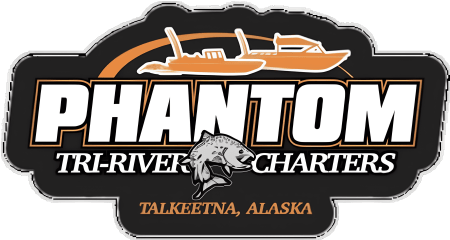Alaska’s Invasive Species and What You Can Do
An invasive species is one that is unnatural to the area and can cause damage to the environment or our health. In Alaska, there are a few species that you’ll want to look out for, especially if you’re fishing for something that you plan to consume. For example, if you’re out on an Alaskan salmon fishing trip, you may catch more than you bargained for. Here are some invasive species to be aware of.
Atlantic Salmon
Unnatural to the Alaska area, Atlantic salmon can be identified by the black spots on their gill covers and tail fins. Additionally, these salmon will have a pinched line near the base of their tails and will have somewhere between eight and 12 anal fin rays, found near the tail on the bottom side of the fish. A Pacific salmon, on the other hand, will have more anal fin rays, often between 11 and 13, and no black spots near their gill covers.
European Green Crab
As a small invasive species, the European green crab will only grow up to four inches. Unlike its name suggests, the crab’s color is not always the most reliable form of identification. The shell will often appear within the range of dark green to gray with yellow spots. During their molting cycle, however, they can change to a more orange or red color. It’s easier to identify them by the spikes that are evenly spaced out on their shells, with five on each side of their eyes.
Northern Pike
While the northern pike is naturally found in most of Alaska’s waters, they’re considered an invasive species south and east of the Alaska Mountain Range. While it may not seem like a huge deal for these fish to be found in water such a short distance from where they’re considered native, they actually have a major impact on the ecosystems in these waters. Pike tend to be predators, so other fish like the salmon and trout in areas where the pike is not native are vulnerable. The northern pike might thrive, but to the detriment of native species.
What You Can Do
When an invasive species isn’t controlled, both the environment and human health are put at risk. Often nature can take care of it on its own if the species invades an area where it has natural predators, or it’s put in an environment where it can’t survive. However, when nature can’t step in, we have to. Even though Alaska only has a few invasive species when compared to the rest of the country, it’s still important to keep them under control before the species becomes an established part of the area’s ecosystem.
To help, you can report anything you come across that seems suspicious or unnatural in Alaska. Note the location of the potentially invasive species by writing down the latitude and longitude and taking photographic evidence. If you’ve caught a fish or a crab that seems out of place, make sure you don’t throw it back alive. Freeze it, and email the details to the Alaska Department of Fish and Game, Invasive Species Program at [email protected], or call them at 1-877-468-2748.
Avoid consuming harmful seafood on your Alaskan salmon fishing trip by going out with a professional. Our team at Phantom Tri-River Charters is highly qualified to recognize an invasive species, so you can rest easy knowing you’re in good hands.
